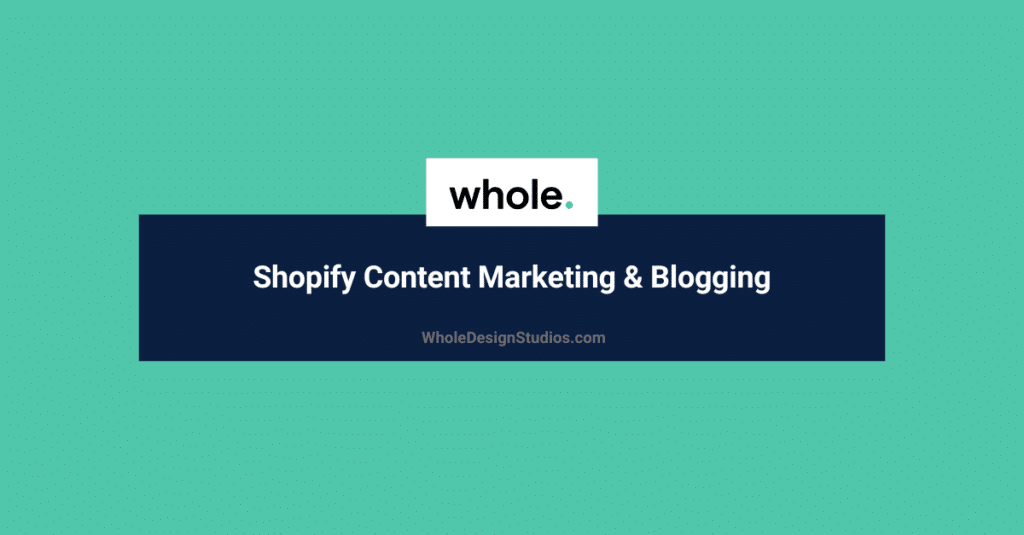
Content marketing and blogging are essential components of a successful SEO strategy for your Shopify store. Not only do they help improve search engine rankings, but they also build trust with your audience, increase traffic, and drive conversions. This lesson will guide you through creating an effective content marketing strategy and using blogging to your advantage.
Content marketing provides a platform for you to engage with your customers, share valuable information, and naturally include your target keywords. This helps build your brand’s authority and drives more relevant traffic to your Shopify store. Blogging, in particular, is one of the most effective ways to achieve this.
Before you start writing, you need to know who you’re writing for. Understand the demographics, needs, interests, and pain points of your target audience. Create detailed buyer personas to help you craft content that resonates with your readers.
Just like with SEO on product pages, keyword research is essential for your blog. The goal is to find the right mix of short-tail and long-tail keywords that align with your target audience’s search intent. Use tools like Google Keyword Planner, Ahrefs, or Ubersuggest to discover high-volume keywords with manageable competition.
The core of your content strategy should be providing value to your readers. Write blog posts that answer questions, solve problems, or offer insights related to your products. Your goal is to educate your audience while also guiding them toward making a purchase.
When creating blog content, you need to focus on both user experience and SEO. Structure your blog posts using headings (H1, H2, H3) for better readability and optimization. Always include relevant keywords in your meta title, meta description, URL, headers, and throughout the content naturally.
Once your blog post is live, it’s time to promote it. Don’t rely solely on organic search for traffic. Share your content on social media platforms, email newsletters, and other marketing channels.
At the end of your blog posts, include a call-to-action (CTA) that encourages readers to take the next step, such as making a purchase, signing up for your newsletter, or downloading a free guide. Ensure your CTA is clear, actionable, and relevant to the blog content.
Use analytics tools like Google Analytics and Shopify’s built-in analytics to track the performance of your blog content. Pay attention to metrics like:
Analyzing this data will help you refine your content strategy and focus on the types of content that resonate most with your audience.
Don’t let your content go to waste. Repurpose your blog posts into other formats like videos, infographics, or podcasts to reach a wider audience. For example, you can create a YouTube video summarizing your blog content or share a snippet of the post as a social media graphic.
Content marketing and blogging are powerful tools for driving traffic, building trust, and increasing sales for your Shopify store. By creating high-quality, relevant, and optimized content, you’ll improve your search engine rankings, engage your audience, and ultimately convert visitors into customers. Keep testing and refining your strategy based on data, and you’ll see long-term growth in both traffic and revenue.
Action Steps for You:
By following these steps, you’ll build a strong content marketing foundation for your Shopify store. Happy blogging!